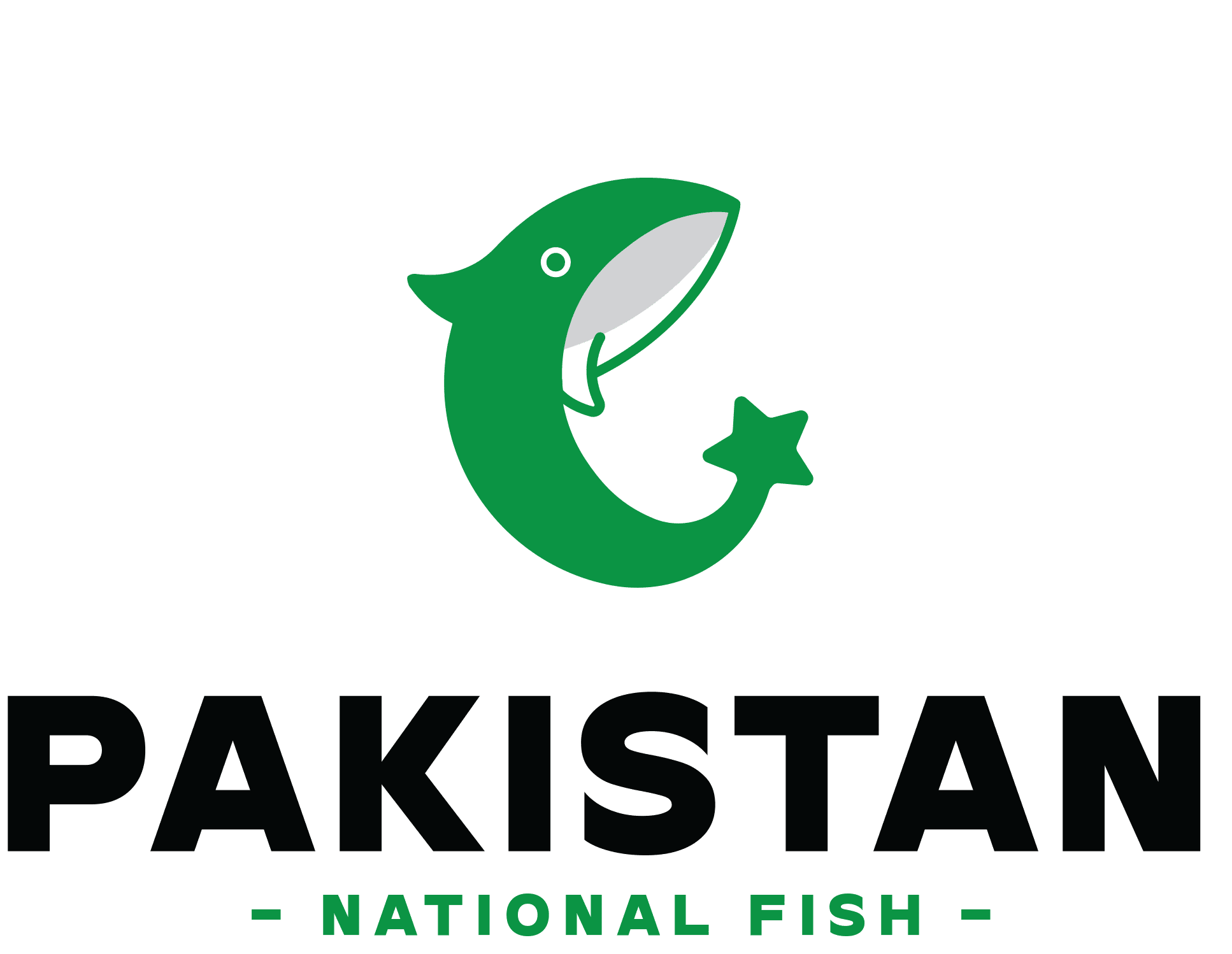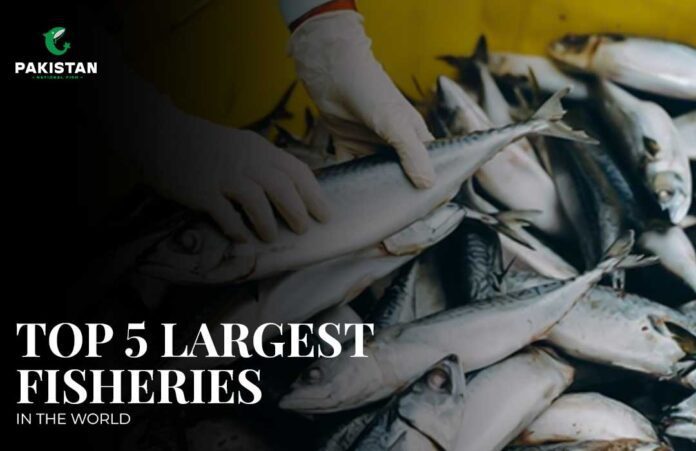Currently, the global fish industry is not only a significant part of the economies of coastal states but also a source of food for millions of people. Global buyers of fish and seafood currently stand at 3 billion, relying on the largest fisheries to feed them.
This is a brief overview of the largest fishery industries in the world, the role of fishery in the worldwide market, and the issue of sustainability in this species.
Largest Fisheries in the World

1. China’s Fisheries: The Global Leader
China is the biggest producer and consumer of fish and seafood in the international market, as its fishing industry ranks the highest in capacity and value. It is expected that by the year 2024, Chinese fish production will consist of more than 30% of the global total, a combination of wild capture and farm-raised fish.
- Wild Catch vs. Aquaculture: China accounts for most of both wild and farmed fish but there is production of other species like carp, tilapia, and shrimp. New technology in fish farming has increased the efficiency of fish farming by manipulating the conditions of fish farming to promote the production of fish while coastal water bodies have abundant wild fish stock.
- Export Market: China is the globe’s largest exporter of fish products, with the largest markets in the United States, Japan, and Europe. China’s domestic demand for seafood is equally high; however, the country continues to export products, especially processed fish, to these overseas markets.
- Sustainability Challenges: Heavy fishing affects this source through quotas given by governments or complete bans in the last couple of years. China is also extending emphasis on sustainable aqua farming, which employs closed water systems and some green technology systems.
2. Indonesia’s Fisheries: Southeast Asia’s Giant
Indonesia has one of the largest marine ecosystems with the greatest biological division, which makes this country among the world’s most prominent players in fisheries. The country’s fishing industry primarily produces tuna, mackerel, and shrimp, which also cater to the world’s seafood demands.
- Diverse Fish Species: Since Indonesia is situated at the South East Asia, many fish species found in its waters are very many. This diversification sustains a diverse economy, especially our coastal economies where the majority depend on fishing as their main source of income.
- Export Markets: Indonesia’s export products are very important, whereas America, Japan, and European countries import seafood from Indonesia. Indonesia is also the largest exporter of tuna, one of the most popular fish in the world, sold fresh as well as canned.
- Environmental Efforts: Indo has set measures against overfishing through marine protected areas to guard the coral reefs. Efforts are made to make sure that fisheries sustain themselves in the long run despite the difficulties occasioned by cases of illegal fisheries and resource exploitation.
3. United States Fisheries: An Economic Powerhouse
America also pegs its fishing interests, focusing on salmon, lobster, and pollock among other fish species. The industries of fishing in the United States are responsible for creating billions of dollars worth of income for the country and it is actively used at the Atlantic, Pacific, and Alaskan coasts.
- Alaskan Pollock Industry: Alaskan pollock is the largest single fishery in America and among the most sustainable. It is also applied to products such as fish fillets and surimi, which is imitation crabmeat. This means that the fisheries in Alaska align with some of the biggest environmental standards in the world.
- Seafood Demand: America is not only a producer but also a consumer of seafood products and especially the inhabitants of the country are already starting to pay attention to more sustainable seafood options. However, despite having a very large production of seafood, the U.S. also consumes a very large amount of imported seafood putting it among the largest seafood markets in the world.
- Conservation Measures: American fishers are required to abide by several regulatory measures as laid down by NOAA which include catch quotas, closures at some time of the year, and reduced bycatch measures. The U.S. also supports sustainability, through initiatives like ‘Fish Watch’, informing the public about several efficient seafood choices.
4. Japan’s Fisheries: Tradition Meets Technology
Fishing has been cultural in Japan and to date, Japan continues to be amongst the largest producers of fish and superior fishing techniques. Fisheries in Japan involve everything from large deep-sea trawlers right through to small coastal fleets that supply a vast array of seafood including tuna, squid, and mackerel.
- Tuna Market Leader: The Japanese people are particularly enthralled with tuna and more so, the Tsukiji Market in Tokyo is the largest fish market worldwide. While Tsukiji has moved elsewhere in Tokyo, Japan currently ranks as the biggest market for premium quality tuna used in sushi and sashimi.
- Aquaculture Innovations: Japan is dedicating significant effort towards developing aquaculture as a way of ensuring an increased supply of fish products to its domestic market without straining the available natural resources. New research in aquaculture particularly in the production of tuna as well as shellfish has enabled Japan to balance its production of fish without straining the sea resources.
- Environmental Challenges: Fish resources are depleted and water polluted; therefore, governments support appropriate consumption and production methods. In Japan, the use of the ban and quotas, particularly for the choice fish types such as the bluefin tuna has been deployed for appropriate conservation of the same for future generations.
5. Russia’s Fisheries: A Northern Giant
Russia is endowed with a long shoreline, which may include the region options in the Pacific and Arctic Oceans offering fishing opportunities. As for Russian fisheries, salmon, pollock, and crab are the most famous fish that enjoy a large demand in the world.
- Pollock and Crab Exports: Russian pollock and crab must be considered the most important products, having a high amount of customers in Asia and the United States. Pollock, in particular, is used in products such as fish sticks and imitation crab meat and thus generates huge incomes for the Russian economy.
- Arctic Fishing: Besides, Russia has sought opportunities in Arctic fishing since climate change expanded areas of access to fish resources. Nevertheless, this creates environmental issues because the Arctic region cannot support significant levels of fishing.
- Conservation and Regulation: There has been a slow shift in the Russian policy regime to adopt measures to prevent overfishing, especially in arctic waters. Hoping to keep fish stocks sufficient and to safeguard the industry itself, Russia has set working quotas as well as protected areas.
Conclusion
Besides seafood, the major fisheries of the world offer a great deal more – they are the pillars for the economic and social welfare of millions. Nevertheless, the stable development of this industry today depends on the constantly improving methods of sustainable use of resources, fair legislation, and cooperation between countries.


